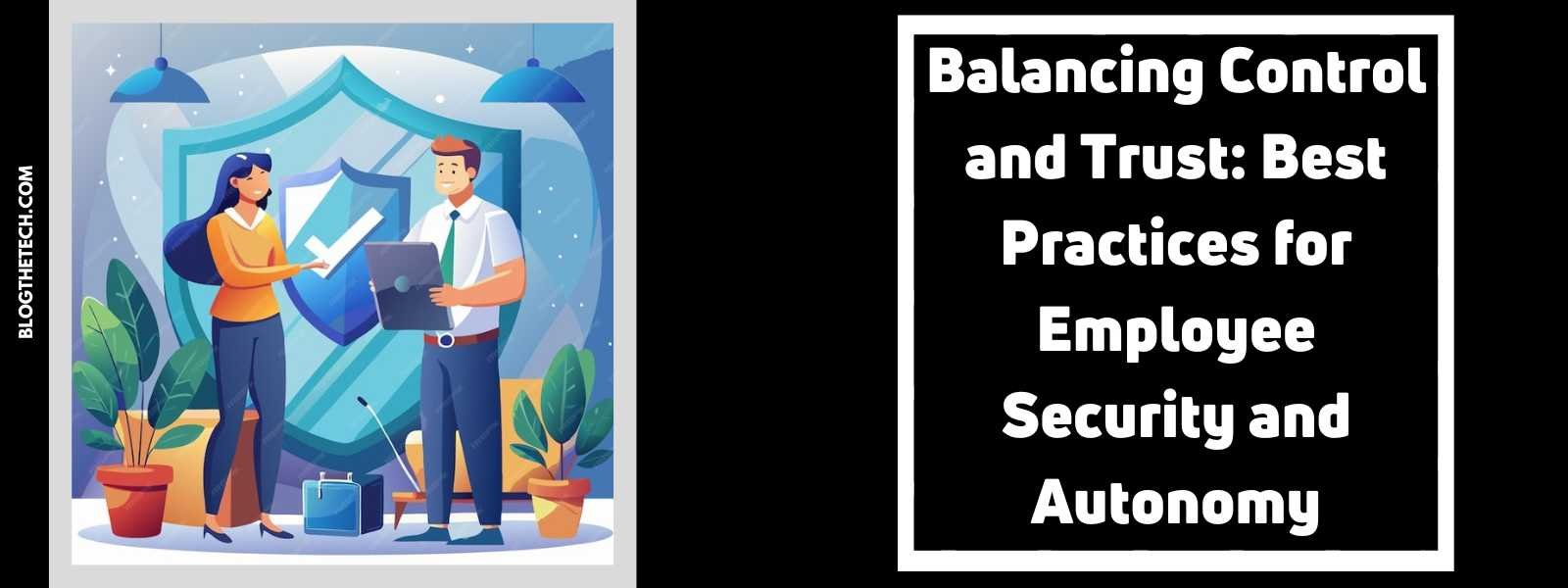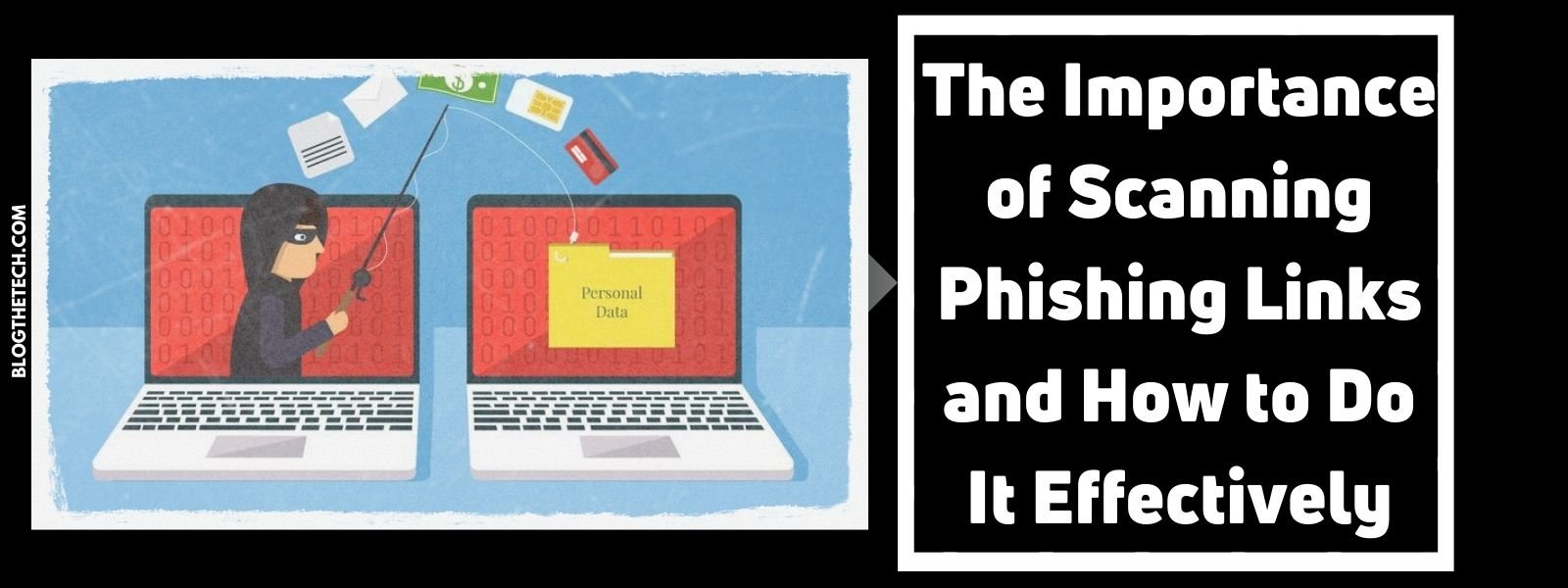As business organizations increasingly rely on electronic processes, the risks of losing sensitive information also increase. Therefore, enterprise document management solution have never been more important to organizations than today, as they need to have a process that protects sensitive data around the clock.
Sensitive data includes strategic business plans, corporate financials, company meeting minutes, and human resources records. In addition, as social media becomes more prominent in corporate culture, the need for employees to have private online accounts continues to grow.
To help prevent sensitive information from being compromised, organizations need to have a plan to help them manage the information they create and disseminate. Below are some best practices on how organizations can keep sensitive data secure!
Document Classification
Classification is a primary fundamental to protecting sensitive information in an enterprise. Classifying documents is one of corporate management’s most critical yet overlooked aspects. Regarding document classification, you can choose from three levels – public, confidential, and private.
Public documents can be shared with the public and have no exposure risks. However, personal-level documents should only be shared with people on a need-to-know basis, and private information should not be shared outside a secure environment as it can cause exposure risks to companies.
Access Control
Another critical aspect of securing sensitive data is access control. With the need for information being so prevalent today, there is a high possibility that many employees, including executives, managers, and administrative workers, would want access to documents at all times.
Requesting all these people to get physical copies of documents is a challenge. Access control allows document owners and custodians to grant access to people based on their job functions. This factor helps prevent unnecessary exposure to corporate information as it restricts unauthorized readers from seeing the data.
Encryption
Another critical element of protecting sensitive data is encryption. Encryption is the process of encoding data so only authorized users can decode it.
Unauthorized users cannot access encrypted data from outside the enterprise. It also helps prevent information from being read by others when transmitted over networks or stored on removable media.
Backups
Backups play a crucial role in protecting sensitive data. The only way to protect data is by having a backup. When you have a backup, you can either restore the data to an existing location or create a new one.
The best way to ensure that your information is adequately protected is through implementing a document management solution with built-in encryption and access control features, where there are minimal exposure risks for employees to lose minutes from essential meetings or documents from being stolen by hackers.
Disposal
The next step in protecting sensitive data is disposal. How you dispose of your documents can also be a critical part of the security process. Dispose of documents according to their classification levels and do not dispose of sensitive data with non-sensitive ones. Also, ensure that all the hard drives and storage devices used to store data are destroyed properly through a reputable company like Corodata, so that unauthorized users cannot access them.
You can secure information in various ways, depending on the type of enterprise you work for and the nature of your business. In any case, ensure your organization adheres to all the best practices and does not leave it to chance.
Employee Training
Training employees on the need for policies and strategies that will help reduce exposure risks to sensitive information is one way to prevent data loss. Identify the types of information that could be exposed and train employees to handle it appropriately. Get their input on what document protection system they think is needed, if any.
For example, regarding confidential documents, allow them to review what should and should not be in a personal file.
Auditing and Monitoring
Regular internal audits are one way to ensure that your document management system is working as per your expectations. In addition, regularly monitoring the effectiveness of the policies and strategies you have put in place is a great way to see if there are any loopholes or gaps in your process.
Focusing on areas with potential vulnerabilities, such as data leakage from mobile devices, could strengthen your security policies and prevent possible violations.
By implementing a robust system and having the right information governance policies, you can effectively protect sensitive data from unauthorized access and exposure.
Conclusion:
Data breaches and exposure to sensitive information are becoming everyday occurrences. To prevent data loss, the best thing you can do is to have an effective policy and procedure that will help safeguard your organization’s data.
An enterprise document management solution is essential to any successful security plan. Therefore, policies should include all the basic and advanced elements an organization needs to operate smoothly.
Incorporating and conveying all security aims following your business goals ensures that there will be adequate attention to detail for every aspect of your document administration system. Adhering to these protocols can safeguard sensitive information and prevent any possible data exposure.





